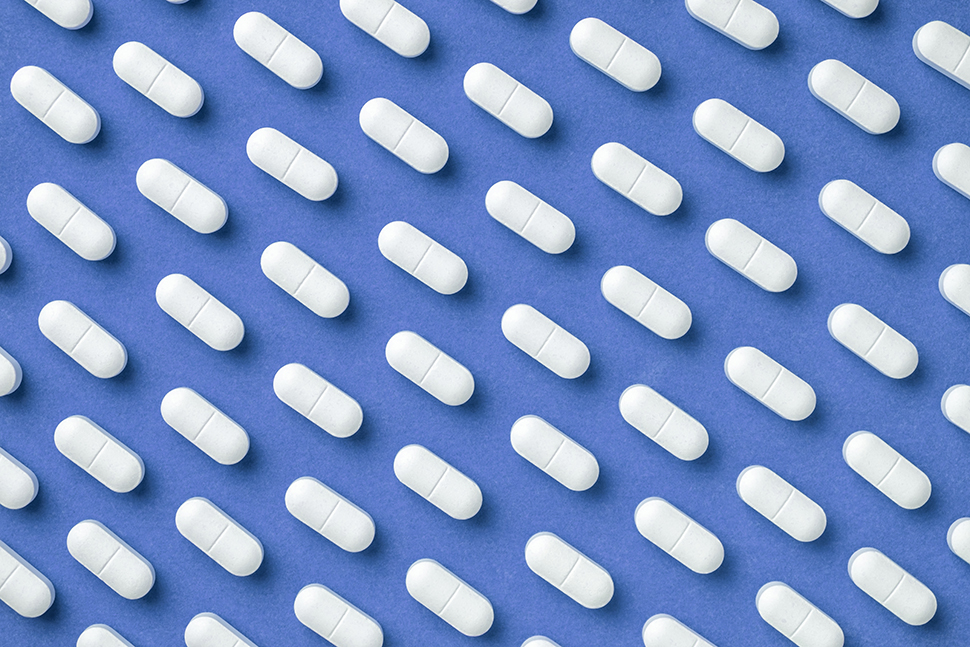Are Non-Sterile Drugs Free from Bacterial Contamination?
Are Non-Sterile Drugs Free from Bacterial Contamination?
Microbiological contamination in pharmaceutical products and drugs presents a significant risk to patient health. The presence of microorganisms directly impacts the product's integrity, pharmacological effects, and treatment adherence. In some cases, depending on the administration method, contaminated medications can be life-threatening.
Aside from the immediate consequences on patient health and safety, it's essential to consider that withdrawing drugs from the market can tarnish a company's image and reputation, leading to a significant reduction in profits and sales volume.
So, what sets the production of sterile and non-sterile medications apart?
Non-sterile products are manufactured under conditions that minimize microbiological contamination, but the processes aren't monitored as rigorously as those for sterile products. Additionally, unlike sterile products, there aren't clear regulations or guidelines standardizing the production of non-sterile medications, leaving room for interpretation and implementation by the producing company. This strategy can vary significantly.

Control of microorganisms in non-sterile products, therefore, requires a comprehensive and coordinated approach. This approach involves developing and implementing appropriate environmental control systems at production sites (air, water, equipment) and ensuring the quality of raw materials and the final product. When these systems are absent, fail, or aren't validated, the risk of microbiological contamination increases significantly.
But what types of microorganisms are responsible for the withdrawal of non-sterile products? Identifying the specific bacterial groups involved is essential for establishing efficient and strict control points.
According to a study of product recalls by the Food and Drug Administration (FDA) between 2012 and 2019, gram-negative bacteria are the most common cause of microbiological contamination in non-sterile drugs, accounting for 60% of cases. Gram-positive bacteria contributed to 4% of contaminations. Contamination by gram-negative bacteria is primarily linked to water and soil sources.
Another significant group responsible for contamination includes fungi and yeasts, accounting for 23% of product recalls. These microorganisms are primarily found in the environment and are transmitted through the air. Material transfer between locations, equipment, and personnel moving through unrestricted production areas also contributes to contamination by these microorganisms.
When analyzing the microbial species involved, it's worth noting that 48% belong to three bacterial groups: Pseudomonas spp, B. cepacea, and R. pickettii. These bacteria are directly associated with waterborne diseases and persist as issues in water distribution systems.
Considering that water is a crucial raw material in pharmaceutical production, maintaining strict control over its quality is vital. While drinking water undergoes chemical and physical treatment to reduce microbial load and the presence of pathogens, pharmaceutical water receives even more aggressive treatment to minimize microorganisms, endotoxins, and organic and inorganic compounds.
So, how can bacteria thrive in such a hostile environment? The answer lies in the adaptability of microbial groups found in withdrawn products. They can grow in oligotrophic environments with very low nutrient concentrations. These bacteria change their cell size and metabolism to adapt. One successful strategy for bacteria, albeit detrimental to the industry, is the formation of bacterial communities known as biofilms. In distribution systems, biofilms pose serious problems if proper disinfection and maintenance programs aren't followed correctly.
What do standardized Pharmacopoeia say about the control of non-sterile products?
The American (USP), European (EP), and Japanese (JP) Pharmacopoeia have standardized microbiological control, dividing it into two categories: quantitative and qualitative control. Quantitative control determines the number of microorganisms (mesophilic, molds, and yeasts) present in the sample. Qualitative control identifies specific pathogen indicators, such as:
- Escherichia coli (Gram-negative, indicating fecal contamination)
- Salmonella spp (Gram-negative, associated with gastrointestinal diseases)
- Candida albicans (Yeasts, highly prevalent in fungal infections)
- Clostridium (Anaerobic Gram-positive, including several pathogenic species)
- Pseudomonas aeruginosa (Gram-negative, linked to opportunistic infections)
- Staphylococcus aureus (Gram-positive, associated with poor handling and personal hygiene practices)
- Bile-tolerant bacteria (Gram-negative, belonging to Enterobacteriaceae family with broad environmental distribution and several pathogenic species)
However, the use of these indicators doesn't imply that the presence of other harmful and suspicious bacteria can't cause issues during various stages of the production process. The administration method and product use can determine whether a microbiological risk exists, especially when non-standard microorganisms not listed in Pharmacopoeia are present. These are often referred to as objectionable microorganisms, and their incidence is on the rise, thereby increasing risks for patients.
Should the list of microorganisms included in Pharmacopoeia be expanded? The debate is ongoing.







